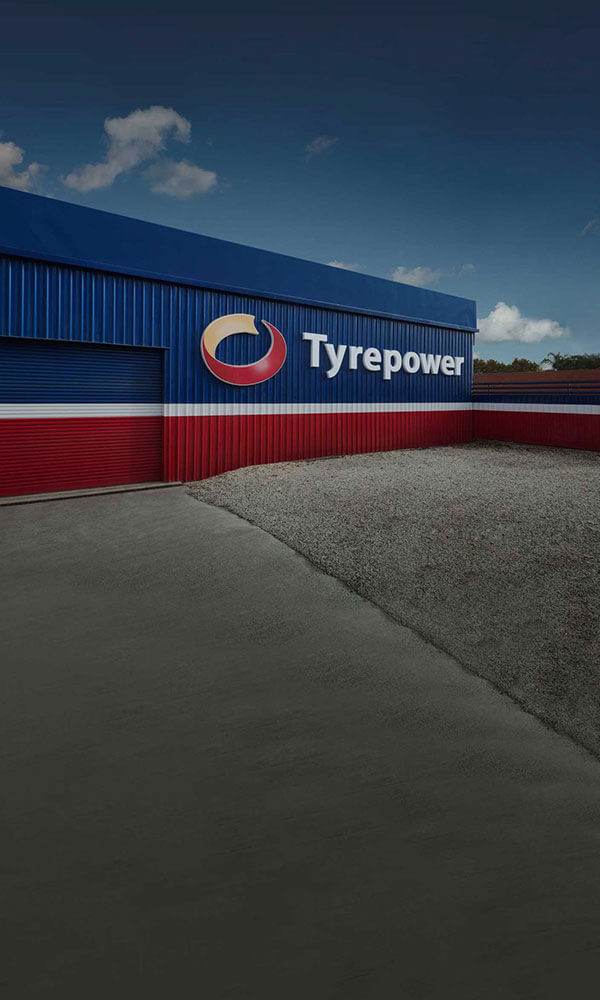Fuel efficiency tips

Driving tips to improve fuel efficiency

Have you ever wondered how to drive more efficiently to save on fuel? Don’t worry because we've got you covered! Sometimes we’re not aware of how our driving behaviour can impact our fuel economy and driving performance in general.
That’s why we want to remind you about the importance of fuel efficiency and give you some tips you can keep in mind when hitting the road.
What is fuel efficiency?
Fuel efficiency, at its most basic, refers to the distance you can travel on a given amount of fuel. Besides saving money at the petrol station, fuel-efficient driving can help make you a safer driver, as well as potentially reduce wear and tear on your vehicle.
How to improve fuel efficiency?

Here, we’ll discuss some tips to help boost your fuel efficiency. Remember that not all of these tips will apply to every situation and to every driver, but certainly, they will positively impact your fuel economy.
Drive smoothly
One of the best ways to increase your fuel efficiency is to aim to drive at a constant speed. Constantly speeding up and slowing down can have a negative impact on your fuel economy. The power is in your hands, feet, and head.
You are better able to predict traffic flow when you maintain a safe gap between your car and the one in front of you. As a result, you won't need to use the brakes as frequently.
While using brakes doesn’t use any fuel, when you’re using the brakes, you’re wasting some of the energy you spent getting up to speed in the first place.
Coasting down to a stop is much more environmentally friendly. This is because you're letting the energy you expended on getting going carry you farther rather than converting it to brake heat.
Avoid start-stop traffic
One of the most noticeable ways to affect your fuel efficiency really fast is through start-stop traffic. Depending on the type of car you have, it may burn on average between 6-11 litres per hundred kms over a full tank. However, if you accelerate away from traffic lights up to the speed limit, this number can briefly increase to over 30-40 litres per hundred kms.
Lots of new vehicles come with start-stop technology, which aims to cut down on the time your car idles in traffic. But, this technology needs the use of a stronger starter motor and a much larger, heavier battery and so isn’t available in every vehicle.
In automatic transmission vehicles without start-stop technology, you can ease your vehicle’s strain by putting it into neutral if you’re going to be stopped for a few minutes or more. This can help because your engine won't have to work as hard to move the car forwards in order to control the torque converter and brakes.
Putting your manual transmission vehicle into neutral isn’t a bad idea either, as holding your clutch pedal in will just cause excessive wear and tear on your clutch components, which are often an expensive and time-consuming part to replace.
Check your tyre pressures
A simple and easy fuel efficiency tip is to make sure your tyres are inflated to the correct pressure. Inflated tyres to the correct pressure will last longer and handle better. It will also reduce your fuel consumption.
The rolling resistance of your tyres increases if they are underinflated, which, as a result, increases your fuel consumption. To avoid this issue, make sure your tyres are inflated to the correct level.
The recommended tyre inflation pressure can be found on your car’s placard or in your vehicle owner’s manual. The car’s placard is usually located in the door jamb on the driver’s side, inside the glovebox, or inside the fuel filler lid.
On some occasions, a vehicle may need different inflation pressures for the front and rear tyres, or you may have to temporarily change tyre pressures depending on how much weight you’re carrying in your vehicle. Ask Kogarah Tyrepower for tyre pressure advice.
Travel light
In order to improve fuel consumption, avoid carrying around a carload of items you’re not using. Simply remove any items you won’t need for your journey, for example, heavy sports equipment, tool boxes, or baby seats if your kids are not with you.
Ditch unnecessary heavy items in the boot or remove that empty roof box. Your car will use more fuel when carrying heavy objects.
Large external accessories such as roof racks, bike racks, and more can significantly affect your fuel economy.
Use the air conditioning mindfully
Typically, your car’s air conditioning uses around 10% extra fuel. Instead of using it, wind down your windows to help keep your car cool if it’s hotter inside than outside.
It is more fuel efficient to use your air conditioner when driving at speeds of 80km/h or higher compared to the wind drag from open windows.
Get your wheels aligned
Wheel alignments are essential for maintaining good fuel economy. Misaligned tyres drag as opposed to rolling freely. As a result, if your tyres aren't correctly adjusted, you could be wasting more fuel. You could save money on fuel and fill up less frequently if you had your wheels aligned.
Talk to us today!
Kogarah Tyrepower is well known for its best range of Pirelli tyres and other top brands like Michelin, Toyo, Dunlop, Cooper, and Maxxis. For the best knowledge and advice about fuel efficiency, call today at (08) 9587 3366 or drop into our showroom at 7 Lindsay Street, Rockdale.


